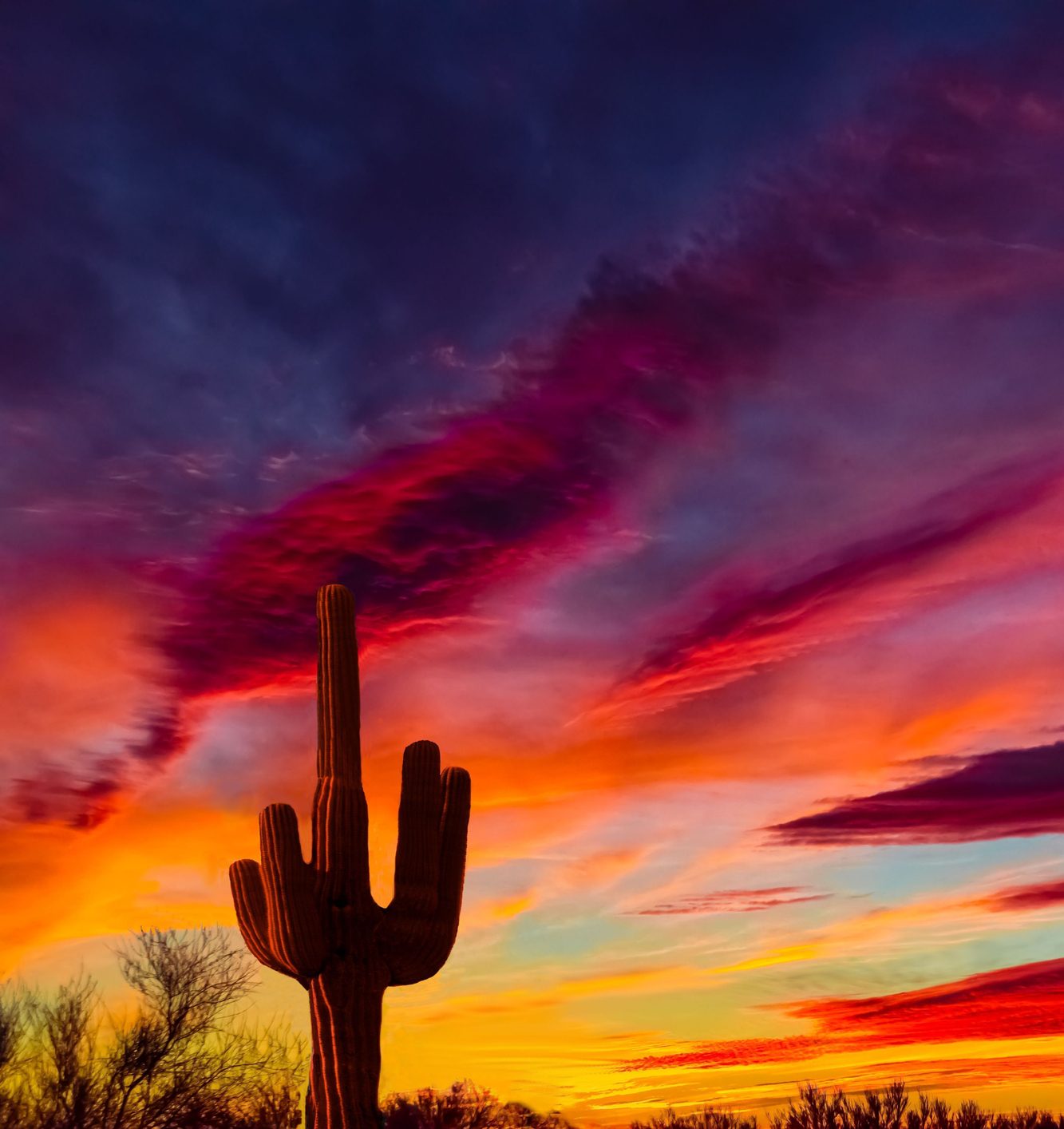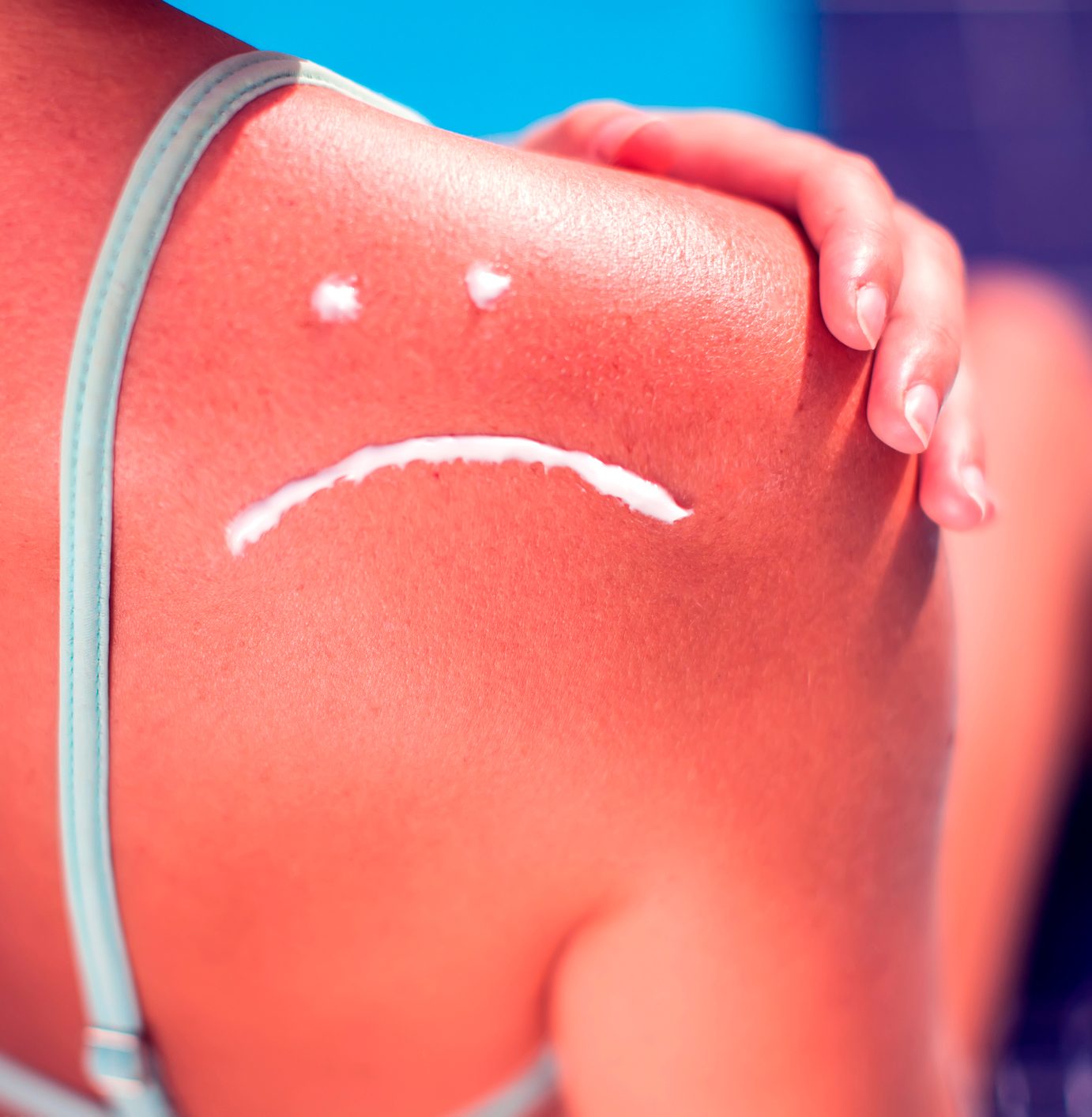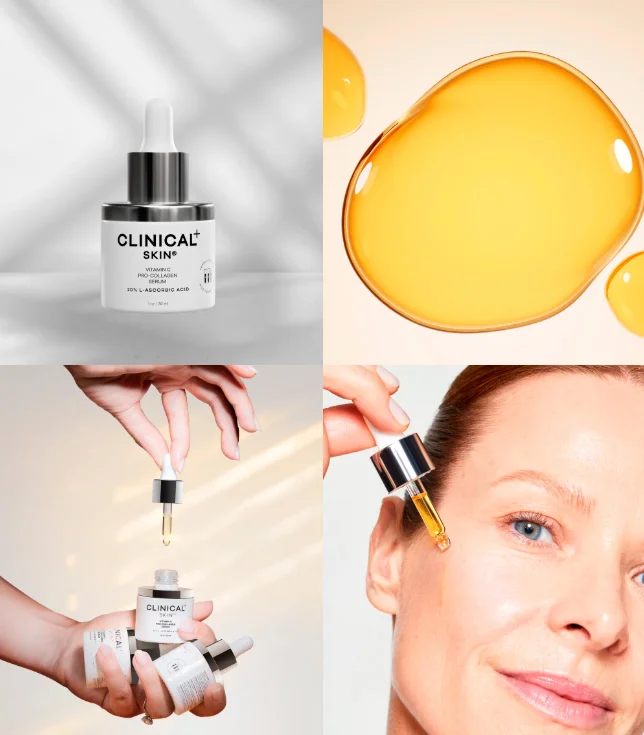Hot and Dry Climates: Unique Challenges for Skin Care
Hot, dry climates significantly impact skin health, necessitating a specialized approach to care and protection. In areas with such conditions, such as the desert regions of Arizona and the subtropical zones of the United Arab Emirates (UAE), skin endures intense sun exposure and low humidity, leading to dehydration, premature aging, and other skin concerns.
Article's contents

How Hot, Dry Climates Affect Skin Health
In hot and dry climates, the skin faces several challenges:
- Dehydration: Low air humidity causes moisture to evaporate from the skin, leading to dryness and flaking.
- UV Damage: Intense sun exposure can cause photoaging, pigmentation, collagen and facial fat loss and increase the risk of skin cancer.
- Barrier Function Impairment: Dryness and damage weaken the skin’s protective barrier, making it more vulnerable to external irritants.
Research indicates that prolonged exposure to UV rays accelerates skin aging processes and increases the risk of developing skin diseases.

Sun Protection Principles for Dry Climates
Effective skin protection in hot, dry climates includes the following measures:
- Use of Broad-Spectrum Sunscreens: Choose products with an SPF of at least 30 that protect against both UVA and UVB rays.
- Regular Reapplication: Reapply sunscreen every two hours and after swimming or intense sweating.
- Wearing Protective Clothing: Wide-brimmed hats, sunglasses, and lightweight, long-sleeved clothing help reduce sun exposure.
- Avoiding Sun During Peak Hours: Seek shade between 10:00 AM and 4:00 PM when sun intensity is highest.
In dry climates, pairing sun protection with deep hydration is essential. Multi-Lipid Replenishing Moisturizer from Clinical Skin is ideal for intense hydration and restoring the skin’s barrier function. At our clinic, we offer quality care with trusted brands to ensure your skin is protected and hydrated, even in hot, arid conditions.
Post-Sun Skin Recovery: Procedures and Recommendations
After intense sun exposure, skin needs both recovery and hydration. The following procedures are recommended:
- Deep Cleansing and Hydration: Treatments like HydraFacial help remove impurities and replenish skin moisture.
- Antioxidant Therapy: Products with vitamins C and E neutralize free radicals, reducing sun-induced damage.
- Soothing Masks: Aloe vera and green tea extract masks reduce inflammation and promote skin regeneration.
- Nourishing Oxygen treatment can combat free radicals and soothe skin after the sun exposure

Clinics located in hot climates offer specialized recovery procedures to restore skin after sun exposure. For instance, Roxana Aesthetics in the UAE offers comprehensive care programs focused on restoring and protecting skin under intense sun exposure.
Daily Skin Care: Maintaining Hydration in Dry Climates
To maintain skin health in hot, dry climates, we recommend the following:
- Using Moisturizers with Hyaluronic Acid: This ingredient helps retain moisture in the skin, preventing dehydration.
- Applying Antioxidant Serums: These protect skin from free radicals and support recovery.
- Regular Exfoliation: Gentle exfoliants help remove dead skin cells and enhance the absorption of moisturizing products, but we do recommend to stay away from very abrasive products.
- Maintaining Hydration: Drink plenty of water to support internal hydration for healthier skin.
For residents in Arizona, we at Desert Bloom Skincare recommend Vitamin C Pro-Collagen Serum from Clinical Skin. This product provides antioxidant protection while hydrating the skin, which is particularly valuable in desert climates. Residents of regions with hot, dry climates, such as the UAE, can benefit from international brands like La Roche-Posay Anthelios, offering effective sun protection with lasting hydration.

The Importance of Climate-Adapted Skin Care
Taking care of skin in hot and dry climates requires special attention and adaptation. A combination of effective sun protection, deep hydration, and regular recovery will help preserve skin health and youth, preventing negative environmental effects.